-
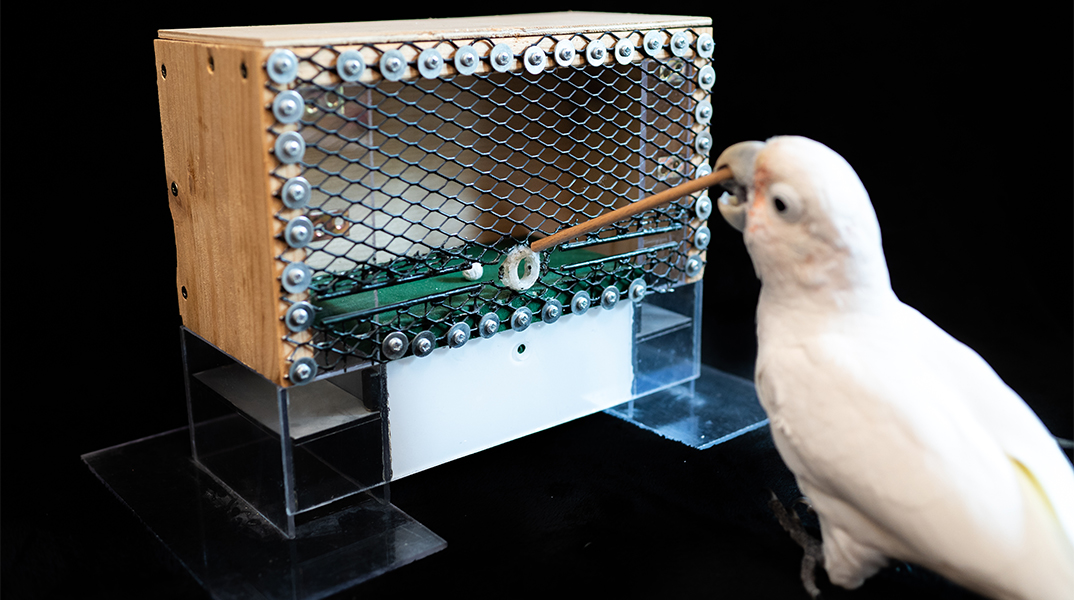
Hole in one for cockatoos
It seems that it's not just primates who are able to combine tools to complete a task, after Birmingham scientists watched cockatoos 'play' golf.
As part of an international research project comparing children's innovation and problem-solving skills with those of Goffin's cockatoos, the birds had to move a ball with a stick through a 'mini golf' puzzle to release a cashew nut as a reward. Three cockatoos worked out how to use the stick to get the ball into the right position to release the treat.
The joint research between the University of Veterinary Medicine, Vienna, the University of Birmingham, and the University of Vienna, could reveal new information on how our ancestors evolved the ability to design and use tools.
Picture credit: Goffin Lab
-
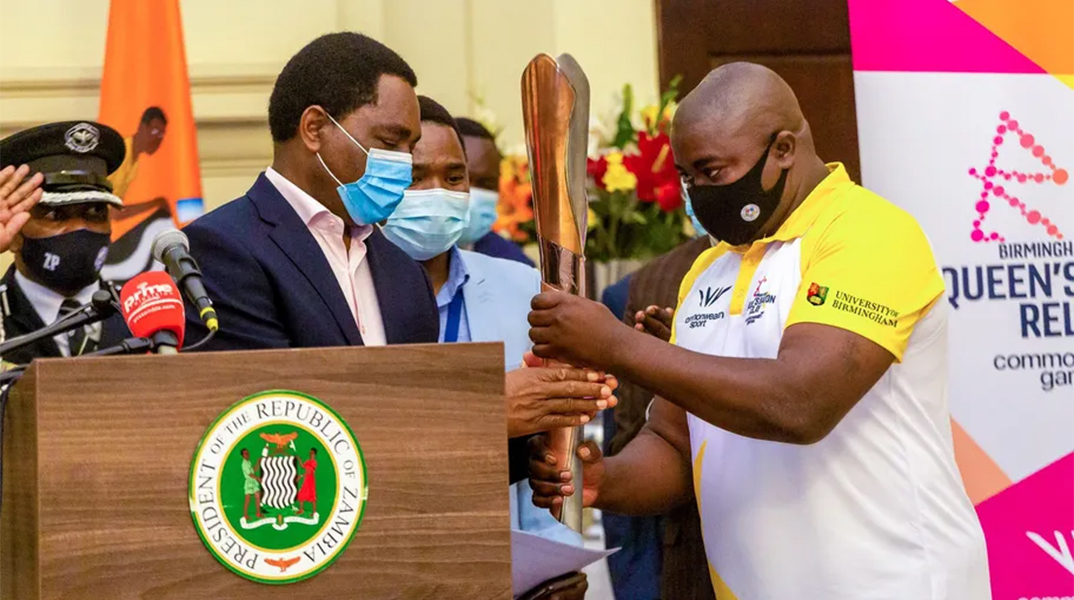
Perseverance pays off for new President
Congratulations to alumnus Hakainde Hichilema (MBA International Business, 1992) who became the seventh president of Zambia in August. Widely referred to as 'HH', the leader of the United Party for National Development defeated the incumbent Edgar Lungu by more than a million votes. He had previously contested elections in 2006, 2008, 2011, 2015 and 2016.
In November, HH acted as an official Batonbearer for the Birmingham 2022 Commonwealth Games, when The Queen's Baton visited Zambia as part of its journey through the nations and territories of the Commonwealth.
-
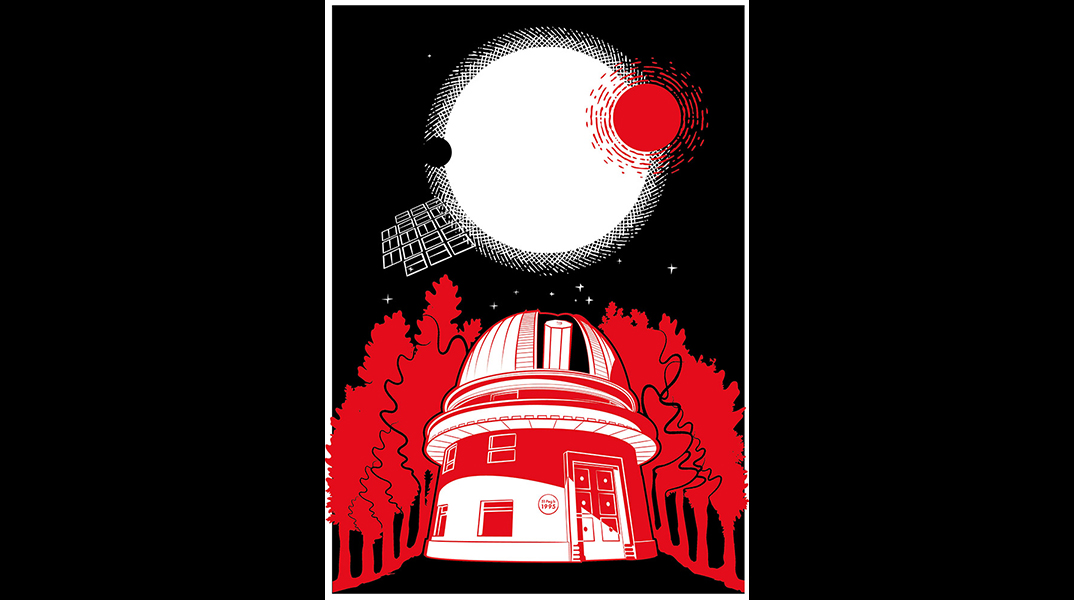
That's no moon...
A rare exoplanet that orbits around two stars at once has been detected by a team led by the University of Birmingham. Kepler-16b is located some 245 light years from Earth and, like Luke Skywalker's home planet of Tatooine in the Star Wars universe, it would have two sunsets if you could stand on its surface.
The planet has so far only been seen using the 193cm Kepler space telescope, based at the Observatoire de Haute-Provence, in France. It orbits around two stars, with the two orbits also orbiting one another, forming a binary star system.
-
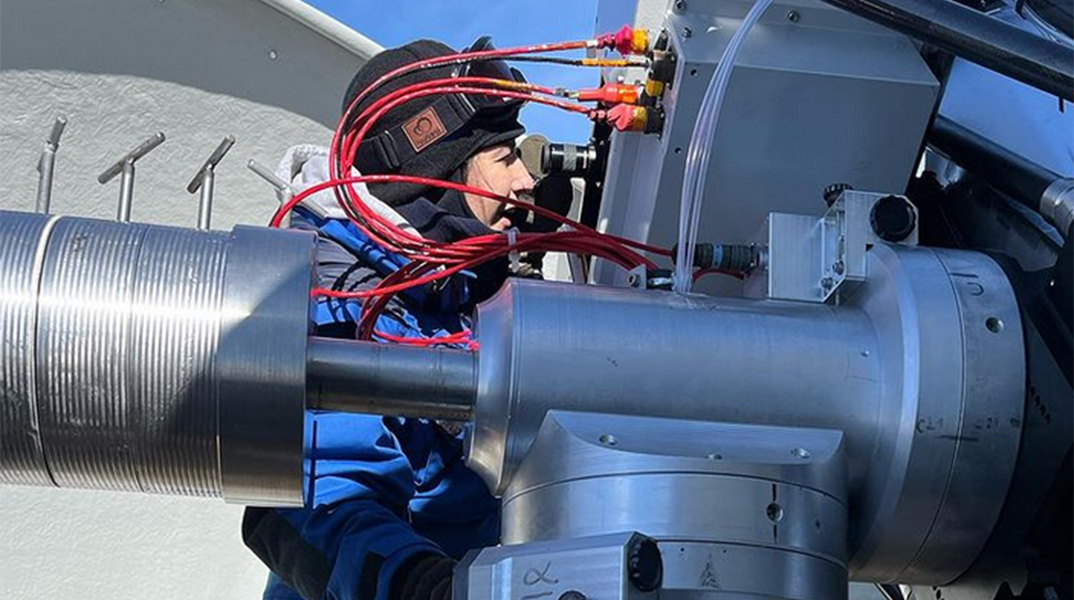
A chill Christmas
University PhD student George Dransfield enjoyed a white Christmas at the Concordia Antarctic research station. The Physics and Astronomy scholar travelled south to install a new state-of-the-art camera to the station’s optical telescope, helping her work on the discovery and characterisation of new planets outside our solar system.
The new camera has already been used to observe Canopus, a star so bright it can be seen in daylight. George spent two months at Concordia, the remotest base on Earth, including seeing in the New Year in bright sunshine as the station has constant daylight during its summer – although temperatures range between -25 to -50 degrees Celsius.
George's work also featured on the BBC's The Sky at Night, along with Professor Amaury Triaud's discovery of Kepler-16b... which you will have just read about!
-
Hope for antimicrobial air filters on public transport
University scientists have developed a spray for air filters that can kill bacteria, fungi and viruses like SARS-CoV-2 (the source of COVID-19). Air filters coated with a chemical biocide were tested in the laboratory, industrial air condensing units and on board trains on the UK's railways.
The experiments showed that while live cells of the COVID-19 virus would remain on normal filters for an hour, they were killed within a minute on the treated filter. Similar results were seen with other viruses, bacteria and fungi.
Trials on trains were key, as previous research has found that the risk of developing COVID-19 and other respiratory illnesses increases with public transport use; the spray kept filters used on trains pathogen-free for three months. The filters will now be further developed to become available commercially.
-
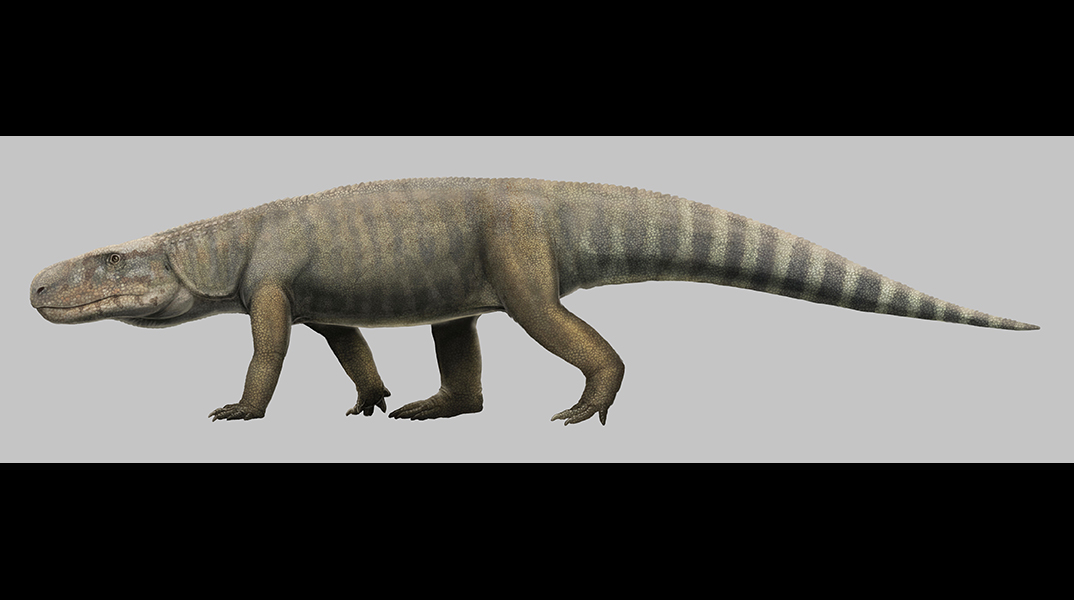
New crocodile ancestor confirmed
One of the earliest predecessors to crocodiles has been formally recognised as coming from an ancient predator, which roamed the world long before the Tyrannosaurus rex.
Researchers at the University of Birmingham, the Natural History Museum and Virginia Tech University studied the archosaur fossil, which was first discovered as a set of fossils in the 1960s in southern Tanzania.
Named Mambawakale ruhuhu, the animal would have roamed across Tanzania 240 million years ago, and had a large skull more than 75 cm in length, particularly large nostrils, a notably narrow lower jaw and strong variation in the sizes of the teeth at the front of the upper jaws.
Richard Butler, Professor of Palaeobiology at the University, says: 'Identifying this animal helps us to understand the rapid early diversification of archosaurs and enables us to add a link to the evolutionary story of modern-day crocodiles.'
Picture credit: Gabriel Ugueto
-
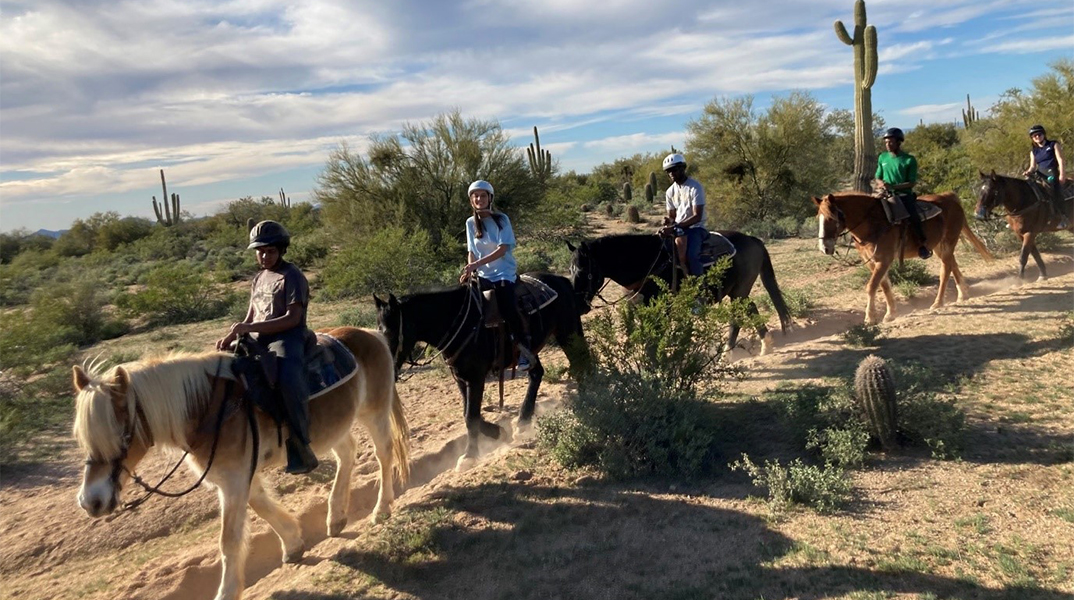
No ordinary school trip
Eight pupils from the University of Birmingham School enjoyed the educational trip of a lifetime when they visited the USA as part of a study abroad programme. The Aristotle in Arizona trip, fully funded by the Turing Scheme, offers pupils the chance to explore how other schools teach character education and develop their own courage, compassion and resilience.
Dr Rob Jackson, Chief Executive of the Great Heart Schools in Arizona, hosted them as they studied classical texts and took part in Socratic debate alongside other students, exchanging information about Birmingham culture. Together they learned how climate change is impacting native flora and fauna and visited the Arizona desert.
-
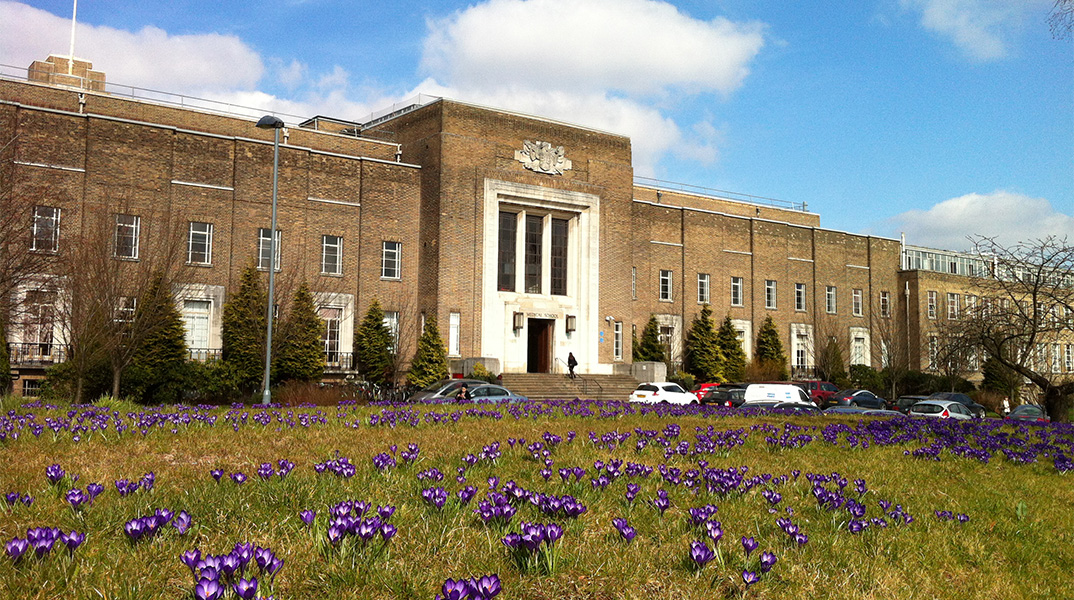
The secrets behind the portraits in the Medical School
Physician William Withering (1741–1799) gazes across the Medical School, painted holding a foxglove, which he used to treat a condition related to heart disease.
A new project, "Reclaiming the Foxglove", has uncovered how his discovery of the safe dosage of digitalis was actually a recipe given to him by a woman he met in Shropshire. Withering's mystery "old woman" was even given an invented name when the drug was advertised; 'Mother Hutton'.
Kirsty Clarke of the Barber Institute of Fine Arts says: 'It's not to say that William Withering was a bad person, but so much of this history is hidden. It's a question of who gets to write these histories – and whether we can reclaim them.'
The Barber and the College of Medical and Dental Sciences will continue to investigate the real stories behind the paintings, looking at the contributions of women and people of colour that are often sidelined.
-
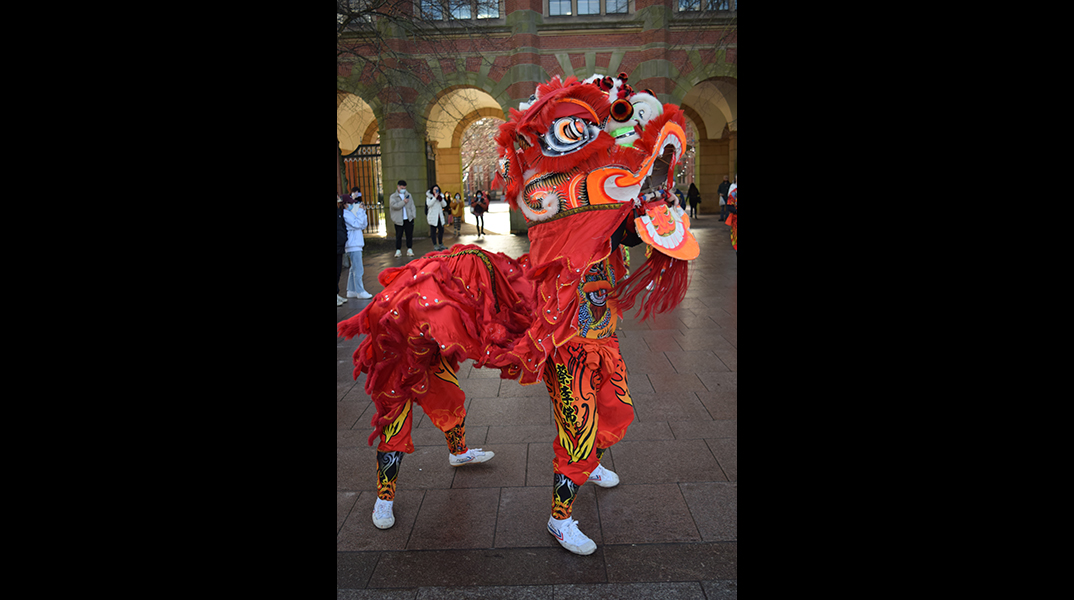
The eye of the tiger
Staff and students celebrated the Year of the Tiger in Birmingham with dragon dancers and the China Institute's Lunar New Year concert. The event was recorded in the Bramall Music Building and brought together traditional Chinese and classical music, performed by Didi Xiao, Eimear McGeown, students from our Joint Institute at Jinan University and many more artists. You can enjoy the concert in full on the University's YouTube channel.
-
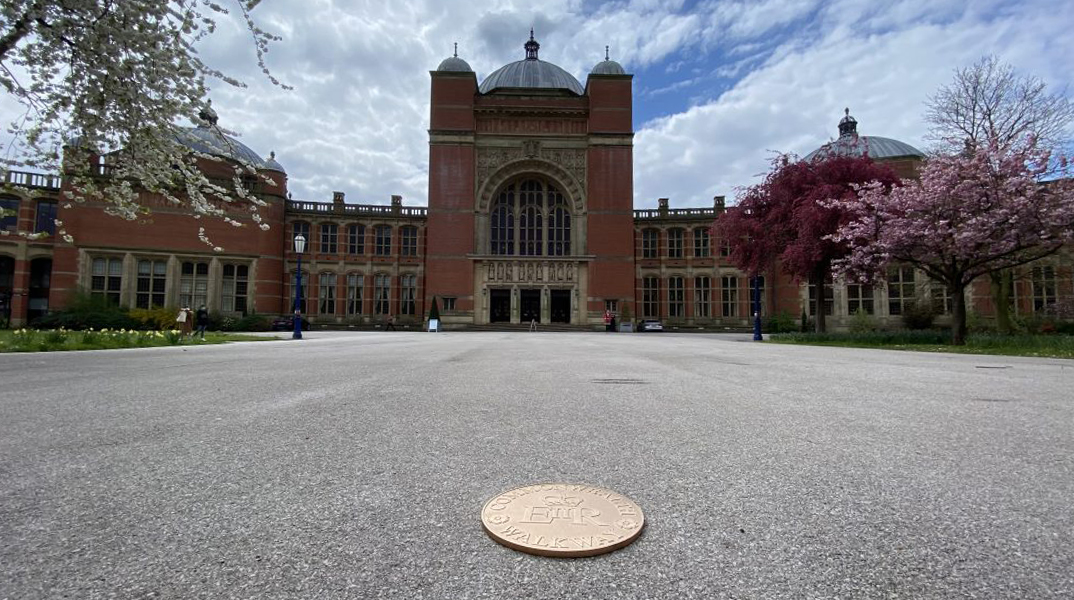
Walking the platinum brick road
The University of Birmingham has been chosen as one of the city's 20 sites to visit as part of the new Platinum Jubilee Walkway.
Celebrating Her Majesty The Queen's Platinum Jubilee ahead of the Birmingham 2022 Commonwealth Games, bronze markers containing the Queen's EIIR royal cypher have been installed permanently at the University and elsewhere along the route.
Landmarks on the 22km circular route include Centenary Square, the Museum of the Jewellery Quarter, the Black Sabbath Bench in Broad Street and a section of the Worcester and Birmingham Canal. Walkers will also go past Edgbaston Cricket Ground and through Cannon Hill Park. -
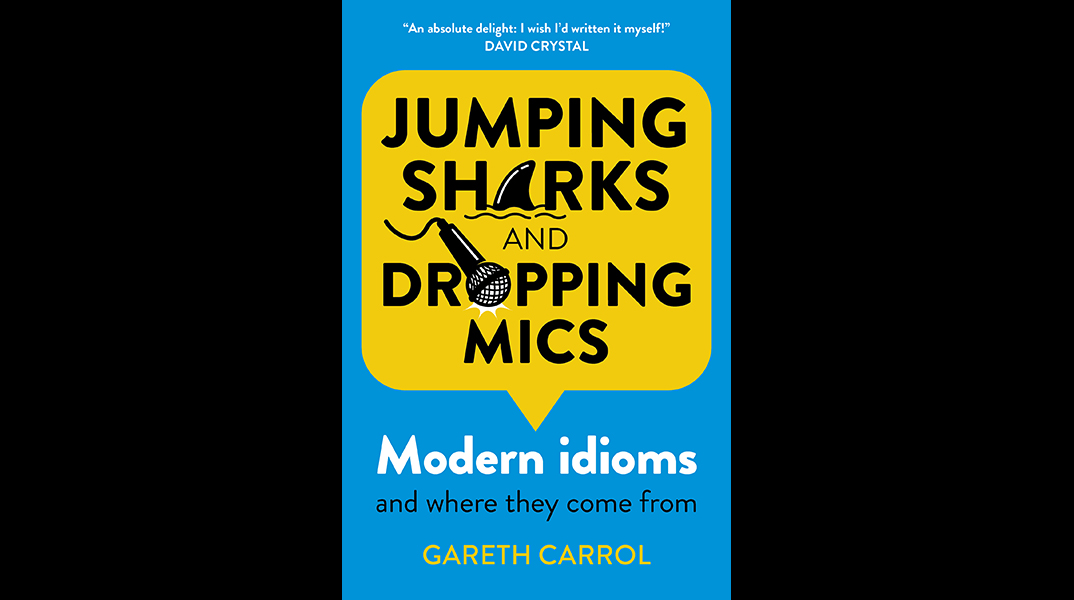
Discover who first 'jumped the shark'
A new book by Birmingham academic Dr Gareth Carrol, Senior Lecturer in Psycholinguistics, explores modern idioms that entered our vocabulary through television shows, films and the internet.
'Jumping the shark' has come to mean something that has passed its creative peak, taken from an episode of Happy Days in which the Fonz donned water-skis with his iconic leather jacket to leap over a shark.
Gareth says: 'Jumping Sharks and Dropping Mics grew out of an academic and personal interest in idioms and phrases, and how they emerge, evolve and work their way into the language. The book is intended to be educational and fun, and hopefully everyone learns a new phrase or two along the way.'
-
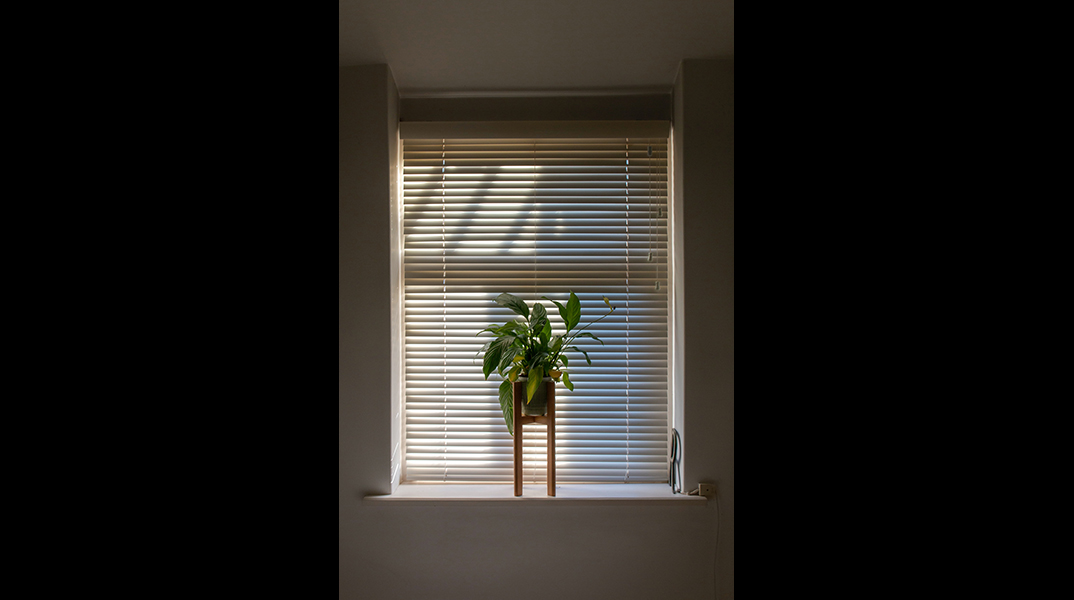
"Green fingers" equals healthy homes
Research led by the University of Birmingham suggests that common houseplants could make a significant contribution towards reducing air pollution in homes and offices.
In partnership with the Royal Horticultural Society (RHS), researchers found that potted plants were able to reduce nitrogen dioxide (NO2) by up to 20 per cent, depending on ventilation and room size.
Peace lily (Spathiphyllum wallisii), Corn plant (Dracaena fragrans) and fern arum (Zamioculcas zamiifolia) were all individually placed in a test chamber containing levels of NO2 comparable to an office next to a busy road. All of the plants could remove half the NO2 in the chamber, regardless of the plants' environment.
Lead researcher Dr Christian Pfrang says: 'The plants we chose were all very different from each other, yet they all showed strikingly similar abilities to remove NO2 from the atmosphere.'